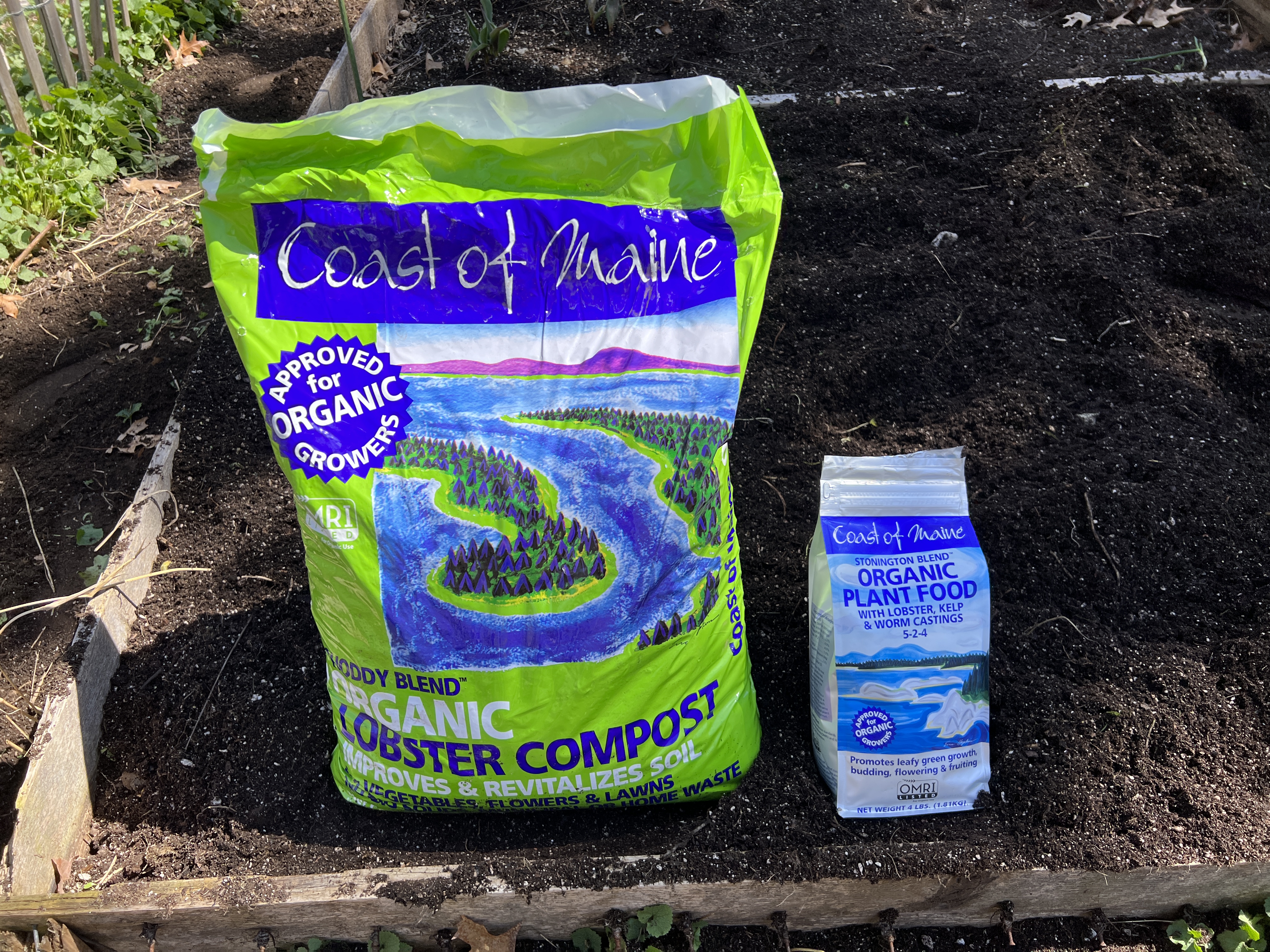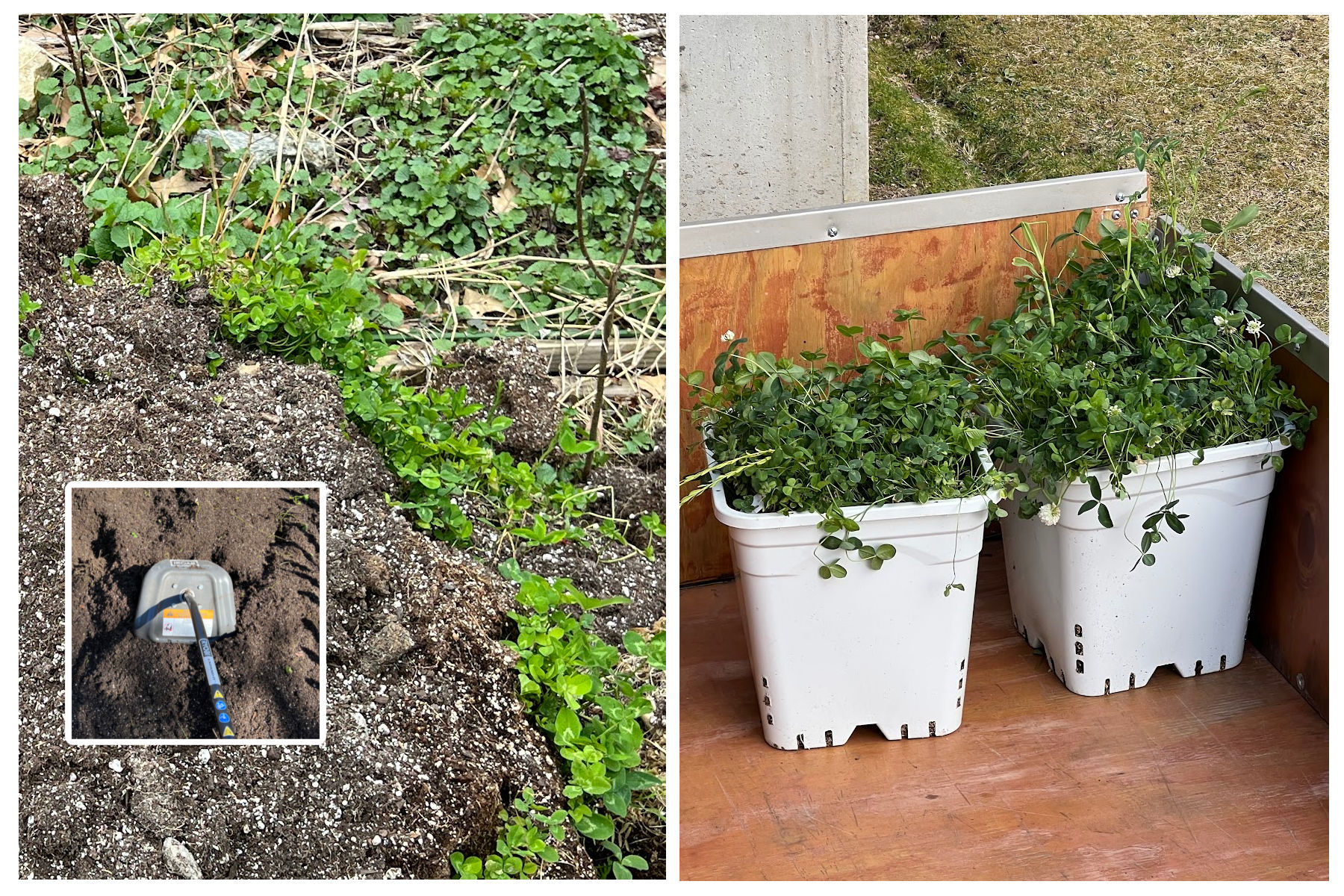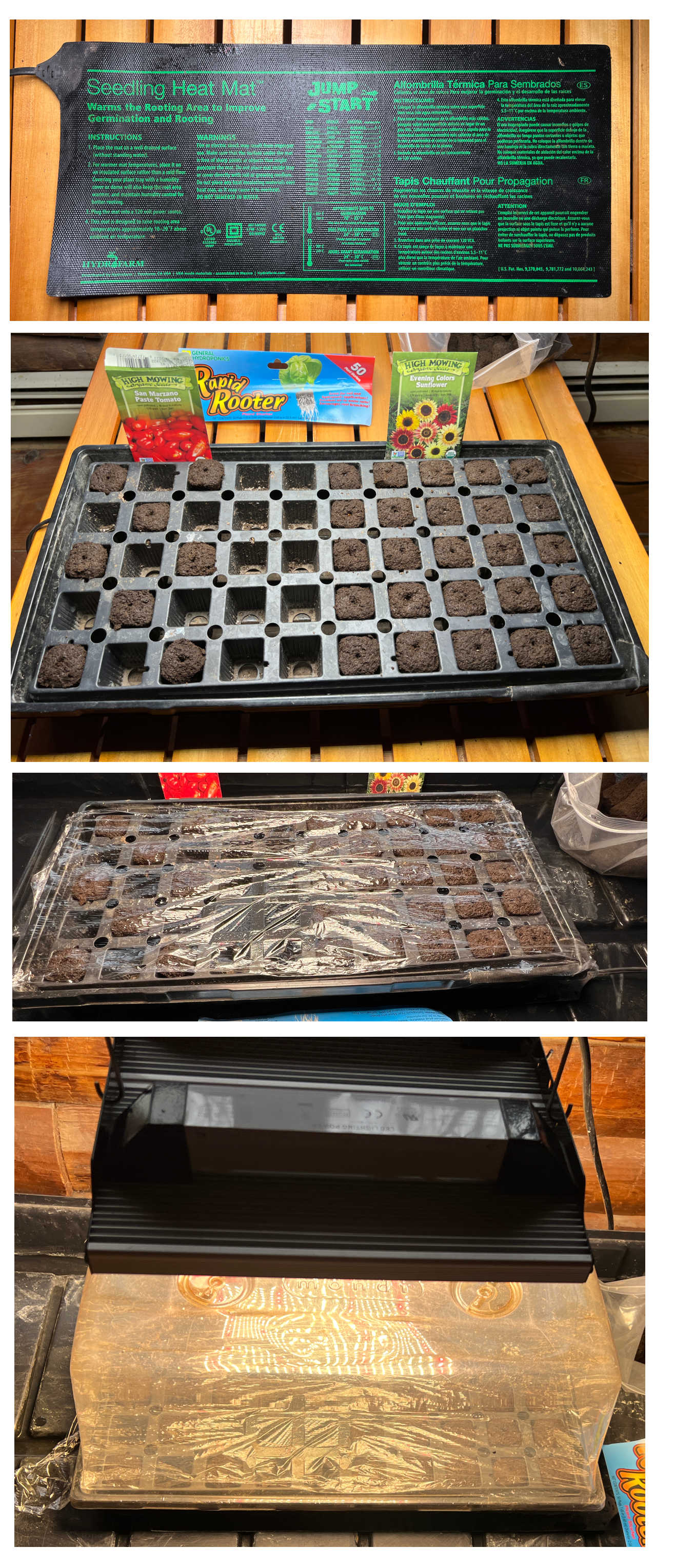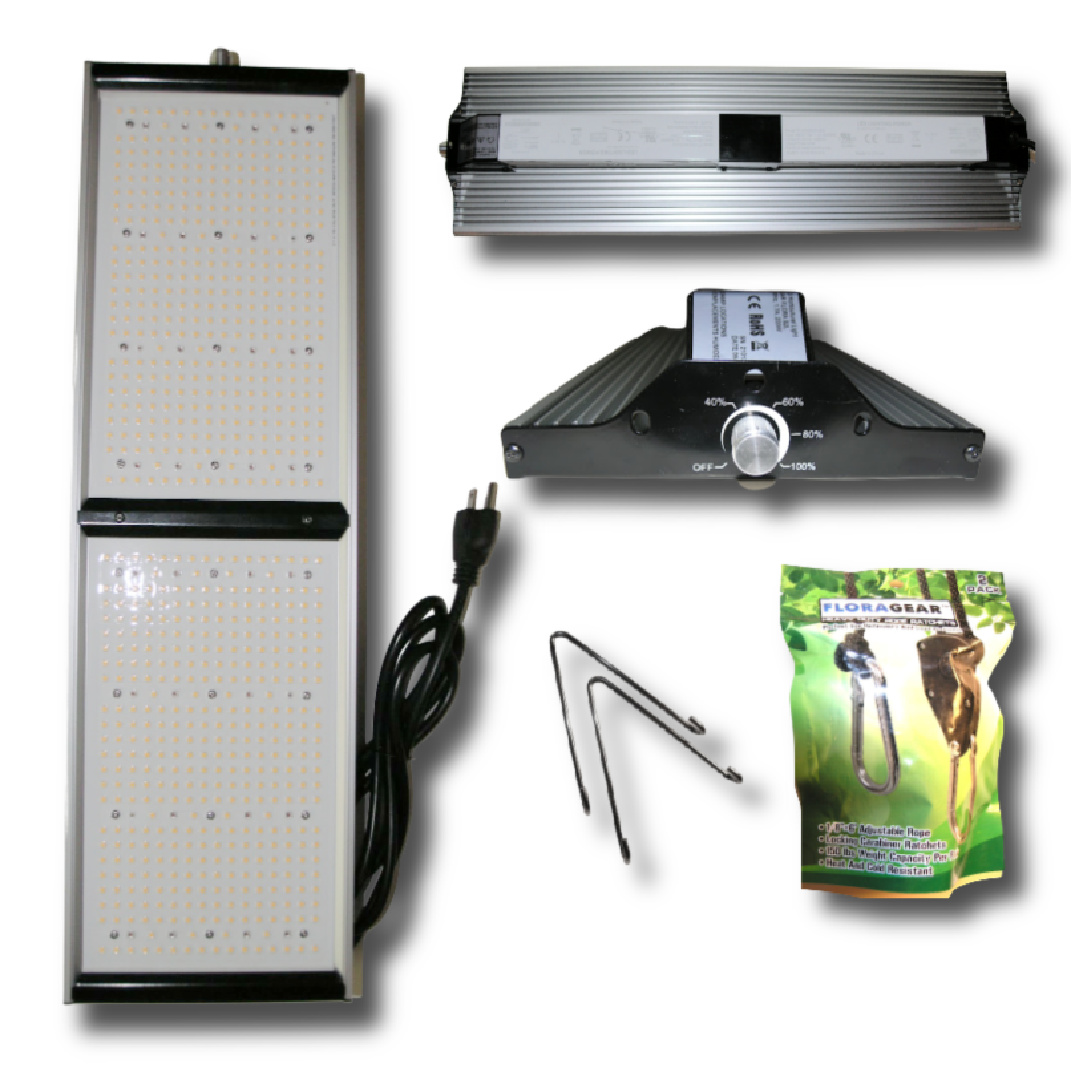Hello and welcome to the second installment of Family Project 2022: Purposeful Gardening. In the first part of this series the discussion was largely around the urgent need to replenish some of the over 245 billion tons of fertile soil and the 10’s of thousands of microbes lost each year to drought largely attributed to climate change. The challenge: to take on this cause as a primary purpose in your gardening strategy, a do-able single step to a more sustainable world.
Here’s the thing. Despite what might be considered a meaningful altruistic purpose, there is a far greater calling at hand: feeding those facing food insecurity. It’s easy to forget this is still a thing in this country of so much bounty. It's not a little problem. So along with rebuilding the soil, growing staple foods is now part of the purpose of this year's Family Project series. Our local food pantry is the planned beneficiary.
Because the thought of so many hungry children is unbearable. And while I can’t fix it with a single garden, every positive action we take to help break the cycle of poverty matters. So this is my purpose, and I’d encourage you to define yours. It can really add dimension and a sense of satisfaction to your gardening.
Preparing The Soil & Bed
All year long I’ve been building a compost pile of leaves, grass clippings, and spent soil from my indoor garden (in which I’d used a clover-based cover crop), so the first task is to give it all a good turn over using the rototiller attachment that's part of my brush cutter trimmer system - I’m very glad to have this back-saving tool.
It’s easy to overlook the benefits of creating good compost, but it can easily be done – with a minimum of effort. I have 3 spots going in different parts of my yard, so my wife can easily access it for her beloved eclectic ‘weed garden’ (her name, not mine!) in front of our home. Like I’ve said, gardening is about what makes you happy!
Implementing The Plan
My first plan was to plant just flowers, but enlarging the mission, I’ll be growing tomatoes and carrots too. I’m not going to overextend myself; I know my limitations both as regards keeping the garden up and harvesting in a timely manner. I'm also glad I gave half of my garden to my son John, which makes it more manageable.
My plot plan is simple: tomatoes on the inside where they’ll be safer from marauding deer, and carrots flowers sowed in the middle rows! I also picked plants that don't spread out like beans - though I'll have to train my tomatoes so they don't take over as they have in past gardens. I also couldn't resist buying a couple purple Viola starts which I put in the two corners.
 I’d left a lot of the old garden plants from last season to cover my soil over the winter so the organic matter would enrich it, which I tilled back into the soil before adding composted soil from my pile, which I tilled thoroughly to mix it through.
I’d left a lot of the old garden plants from last season to cover my soil over the winter so the organic matter would enrich it, which I tilled back into the soil before adding composted soil from my pile, which I tilled thoroughly to mix it through.
Then, I added a bag of Coast of Maine Lobster Compost, Worm Casings and the package-directed amount of Stonington Plant Food, all organic, and mixed them into the top few inches of the soil to add further richness.
Building soil fertility is about diligence in building composted soil. 15 minutes a week is all it takes. And you don't need fancy inputs: leaves, lawn clippings, spoiled foods/fruits, whatever organics you have - even your pet's poops gets it done just fine.
Planting Cold Tolerant Varieties & Creating Starts
I’ve become a big fan of raised bed gardening. The simple benefit of warming the soil so that seeds germinate more rapidly and moisture is readily available make raised beds your best option. You can use almost anything for soil, though there are a number of good ones, including Coast of Maine Castine blend, which we used our first year gardening.
Planting beds is a simple matter of reading the package and planting according to directions. Typically you are going to plant more seeds than you will end up with plants; and indeed, the thinning process is a critical component of a successful harvest - more on that once we get to that stage.
For now I planted my hearty plant seeds at the recommended half inch depth and covered with soil. than watered in to make sure the seeds have the consistent moisture they need to germinate.
My sunflowers and sauce tomatoes, however, have been started indoors so that I have a better control of their early growth stages and also keep them away from any potential frost, which can happen through the middle of May in New England.
Starting plants indoors is actually a pretty easy task. All you need is an insert tray, some plug inserts ideally a bed warmer, and a grow light. I started far more sunflowers than tomatoes given the room I have, especially for tomatoes which grow bushy rather than vertically.
I use a starts bed-warmer mat and also like to initially cover the planted tray of plugs with a sheet of wrap which helps the plugs retain the heat needed for them to germinate. You can also use a little dome to retain heat and moisture.
Do yourself a favor: buy yourself a good LED grow light with dimmer. Today they come in many sizes at sensible prices, particularly given the extraordinary lifespan of these tools - and that's exactly what is is: a real tool. You can find one to fit your space, be it a window ledge that doesn't get good strong daylight to a spot in your living room to getting a jump on your garden plants. You'll have and use it your entire life.
One Last Word: Fences. And Ticks. Also Garden.org
This year I kicked up the security of my garden against marauding chipmunks and bunnies using a small hole (1/2”) metal fence which I stapled to the inside of my garden picket fence. This will be especially important while plants are small and tender, and prime food for wildlife.
I also bought a deer and rabbit repellent spray at the local hardware store which I sprayed around the perimeter of the garden, and will continue to use throughout the growing season – deer just love tomato flowers!
Given I’m an older adult, I also fashioned a simple step from a couple cinder blocks, and ran a line of masking tape on top of the sharp-edged fence (see main image at top). Little things like this make your garden more welcoming.
For now, I am done except for daily waterings to make sure the seeds have the moisture they need. As I look at my work to date there's some satisfaction; the soil is rich and ready to produce good outcomes. And for the first time in three years of outdoor gardens I feel I can keep up with it.
I'd encourage you to get started on your garden today. And, if you need in-depth understanding and knowledge about specific plants vegetables and flowers you'd like to grow in your area we'd encourage you to visit garden.org, the website for the National Gardening Association, which is a tremendous resource and covers virtually every aspect of the gardening process, veggies to flowers and even trees.

And prepare for ticks. I've already been hit this year and went to the doctor's to get an antibiotic prophylactic, which will cover you if take it within 48 hours of being bitten. I wear my socks over my pants to afford some protection ... and you know I just don't care how goofy it looks!
Just keep it manageable, and you'll have a summer of satisfying fun ahead of you!
Tom Lanen is the Marketing Director for New England Hydroponics' five New England stores and its online store, and the principal of the brand marketing firm Thomas Marketing Services Corporation (ThomasBoston.com). A family man and erstwhile sailor, he’s as surprised as anybody about how much fun he's having gardening.






